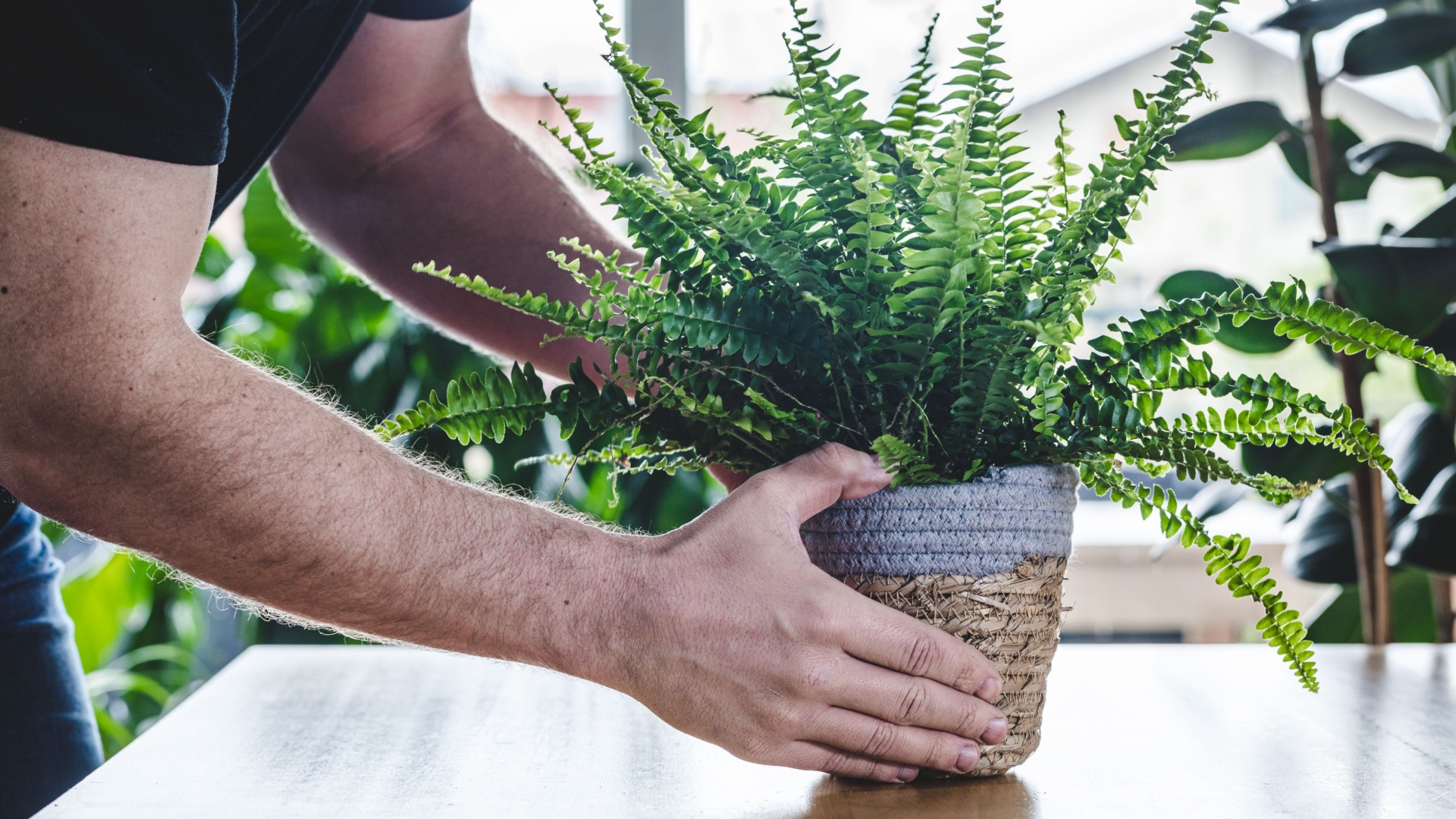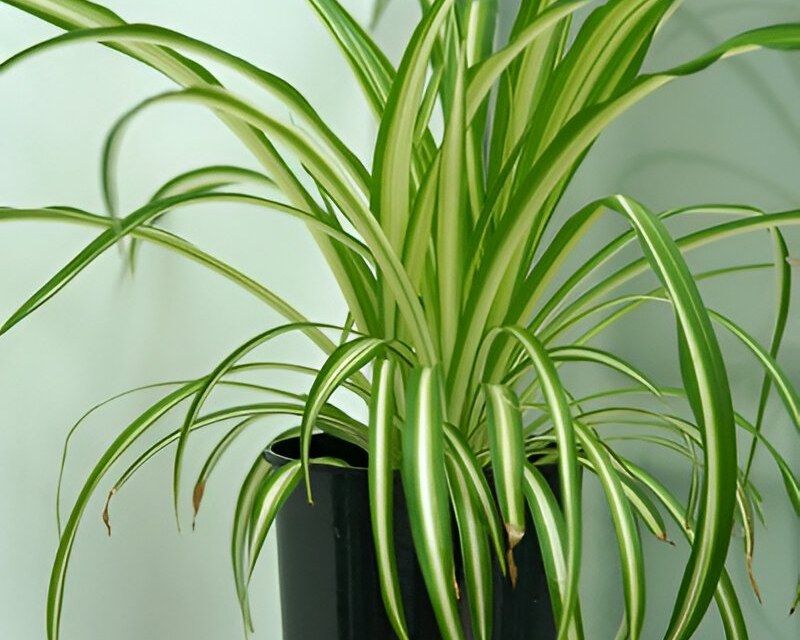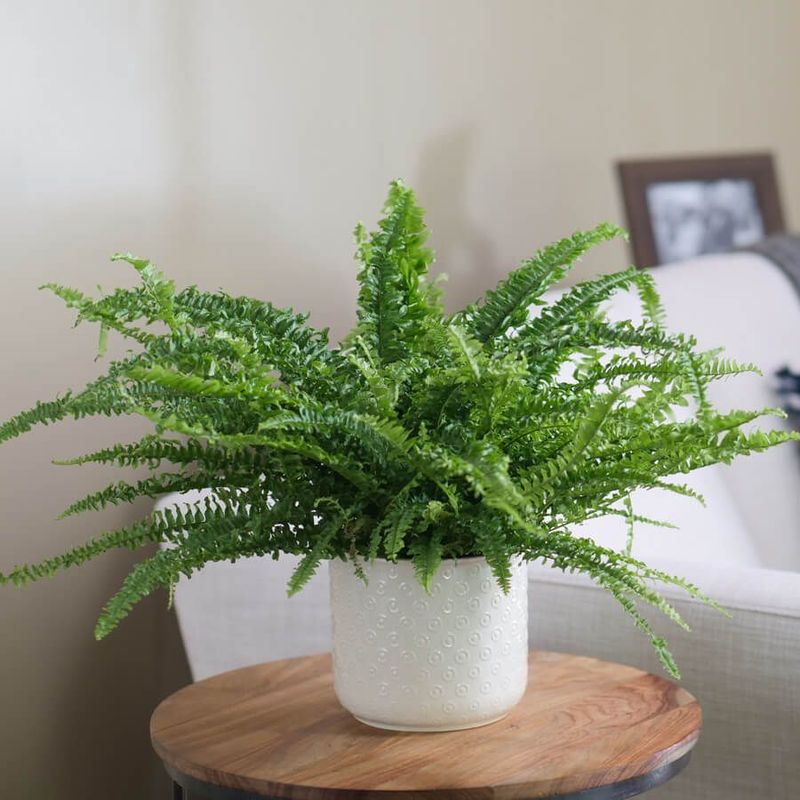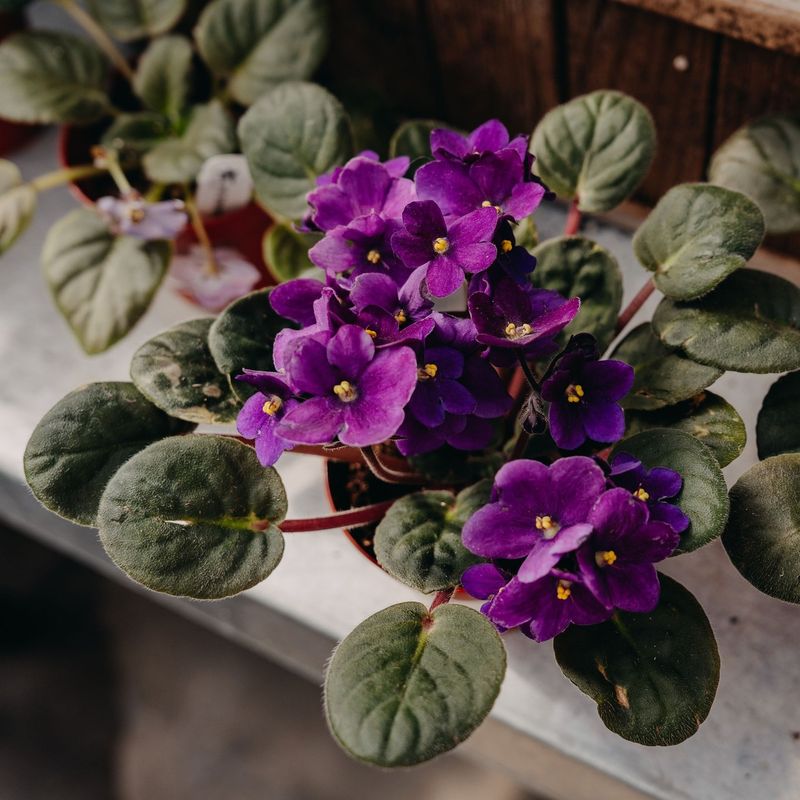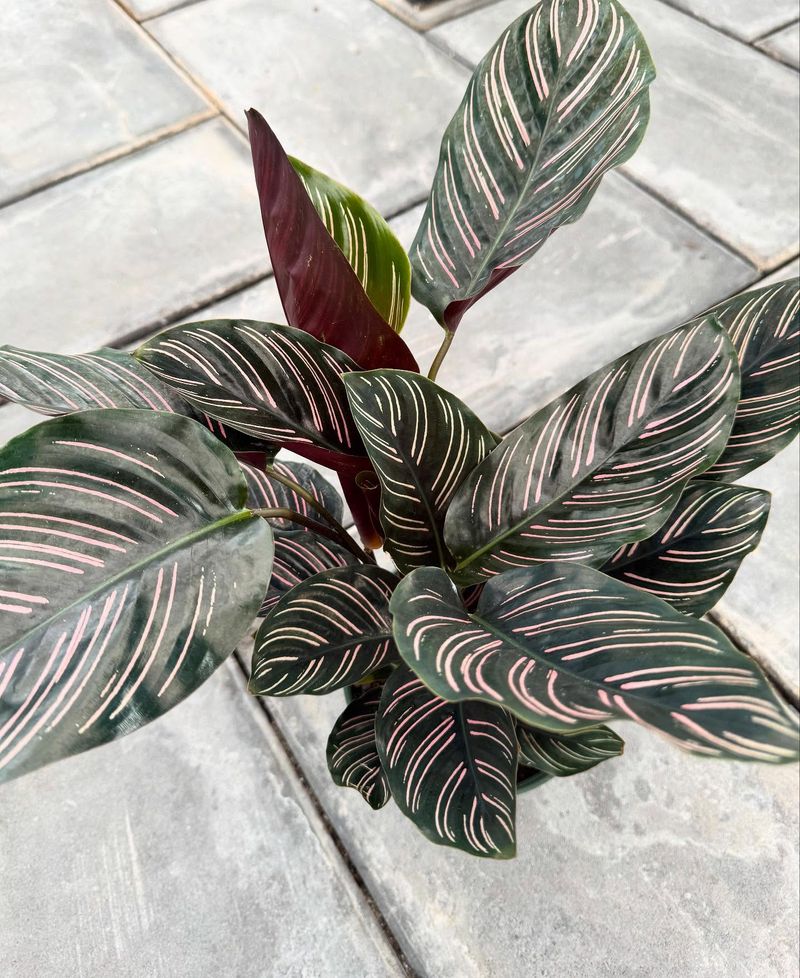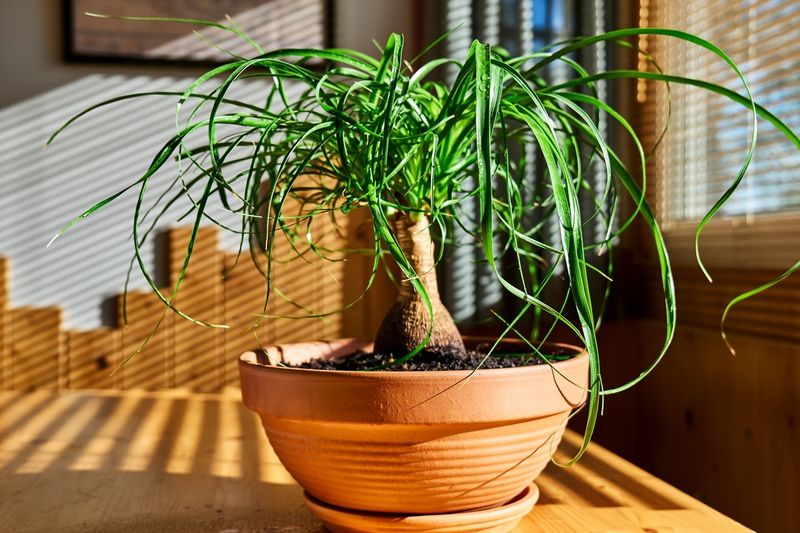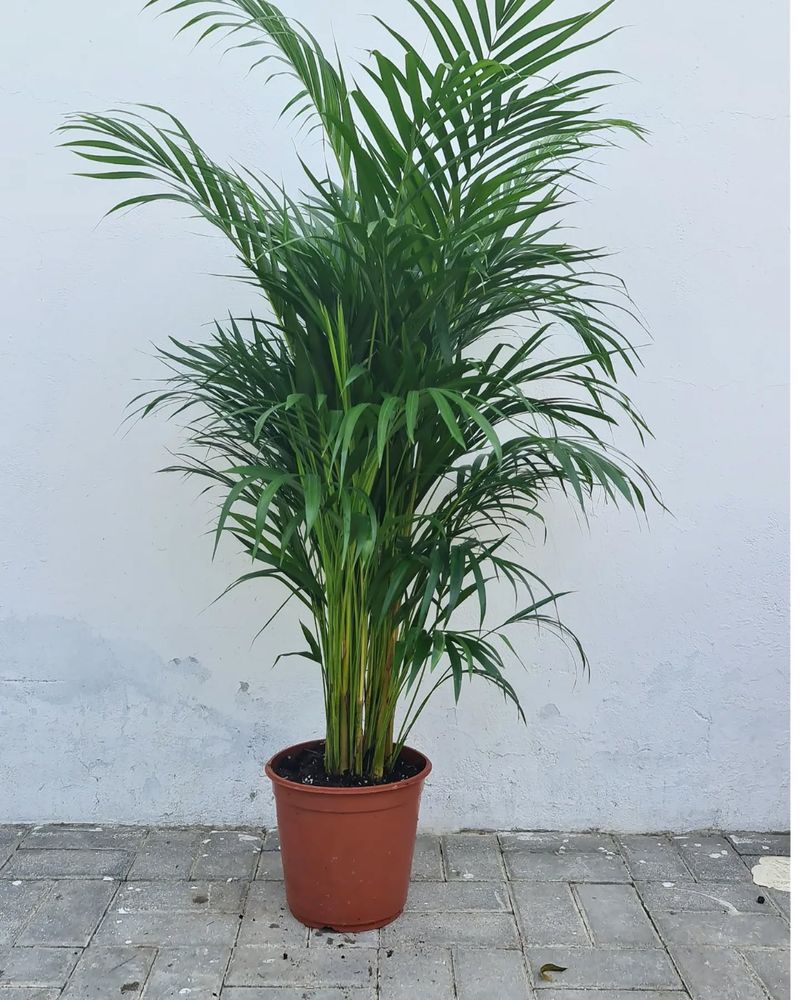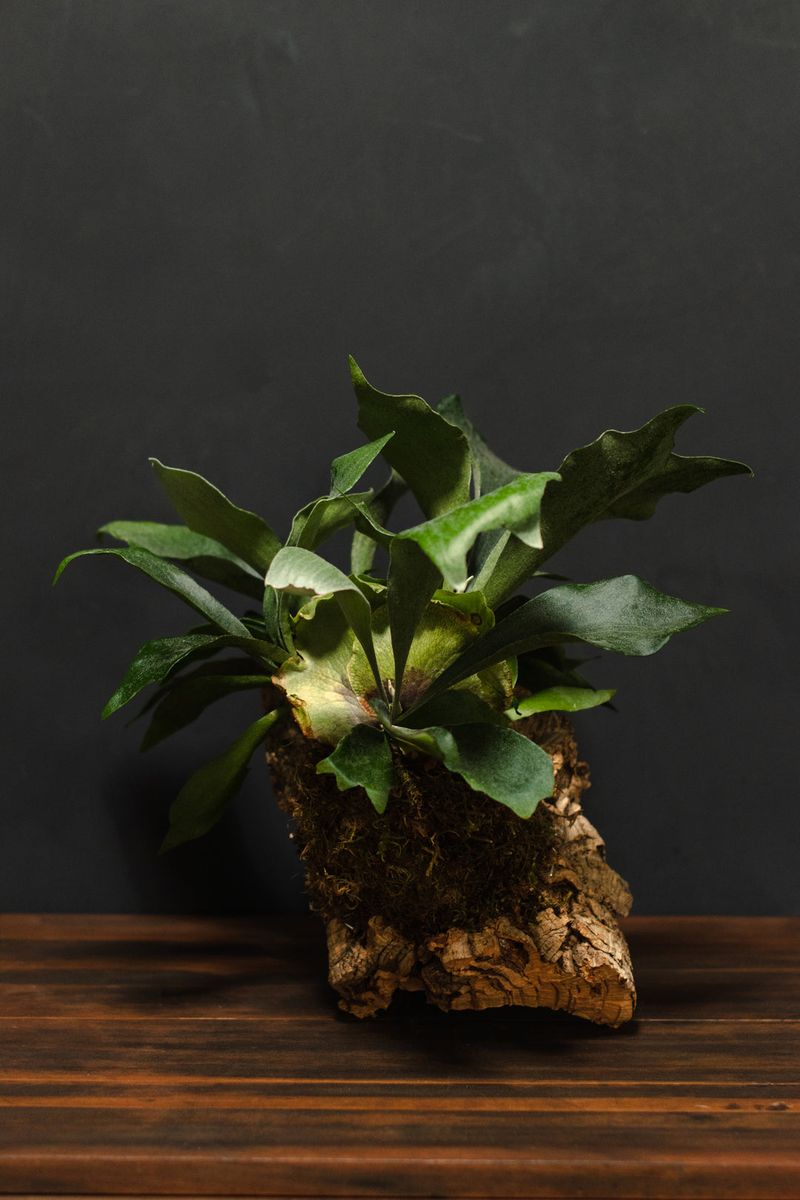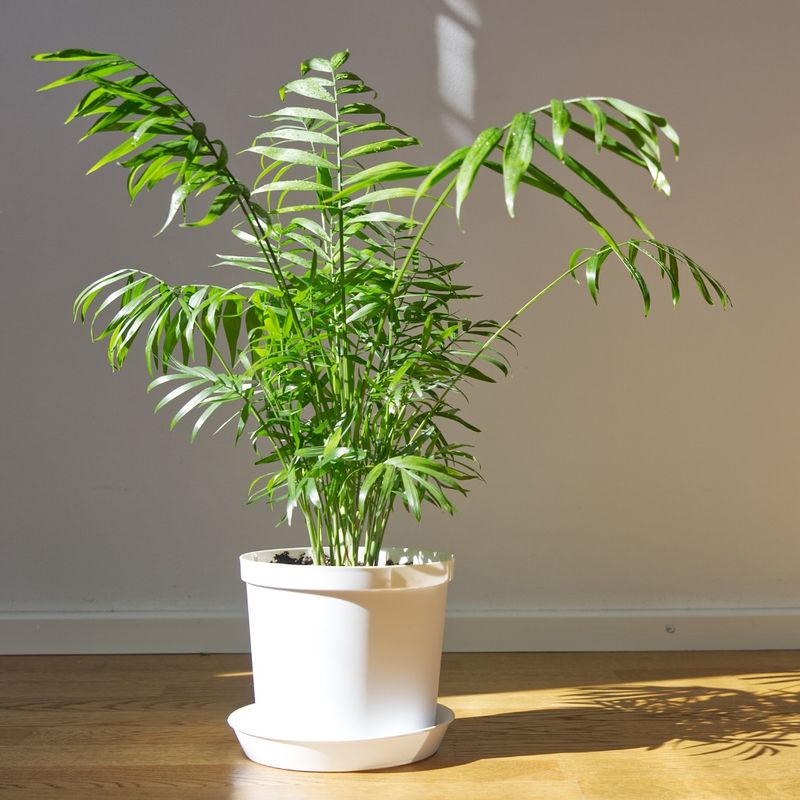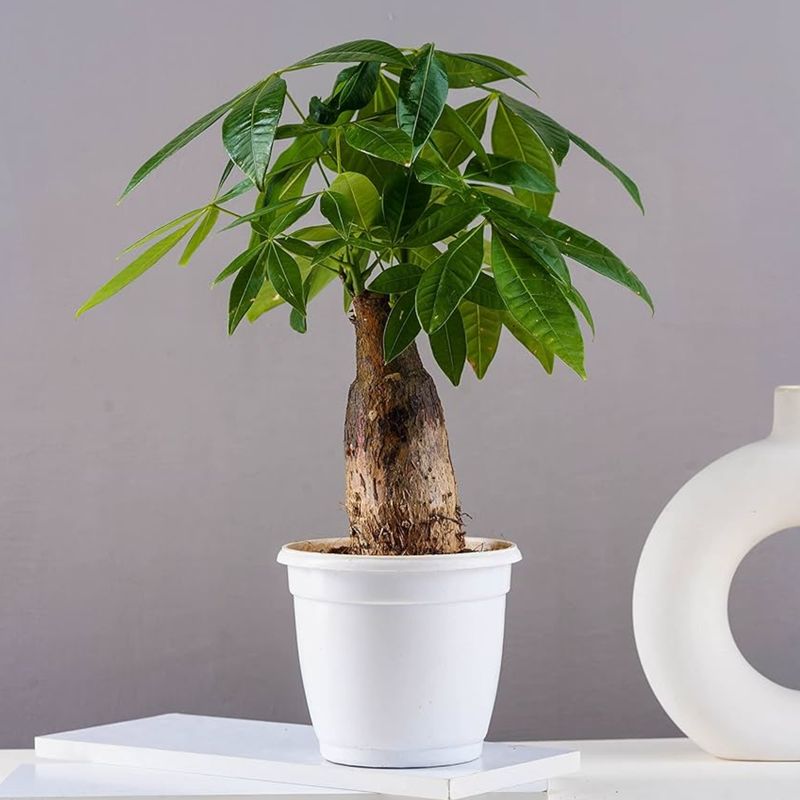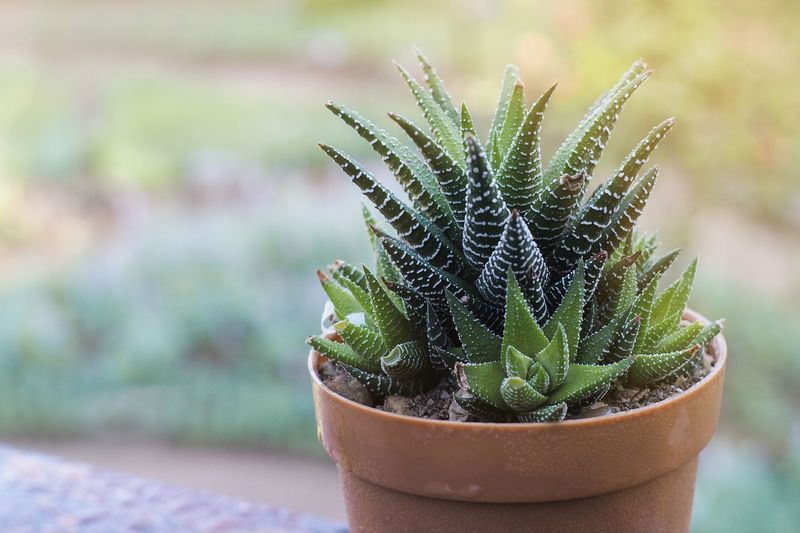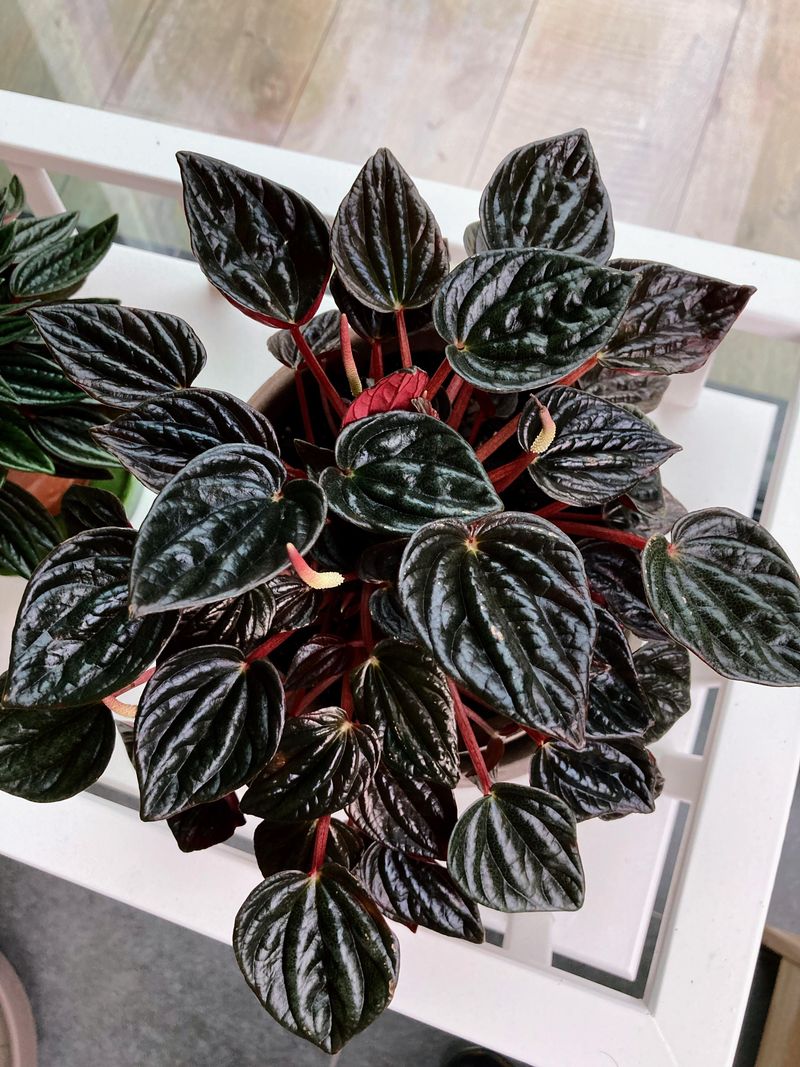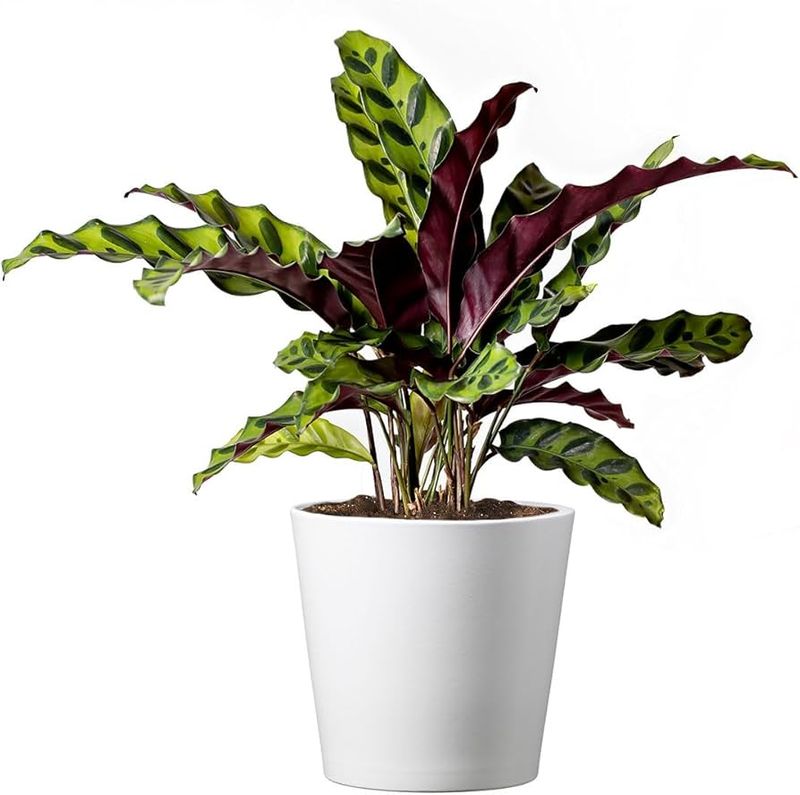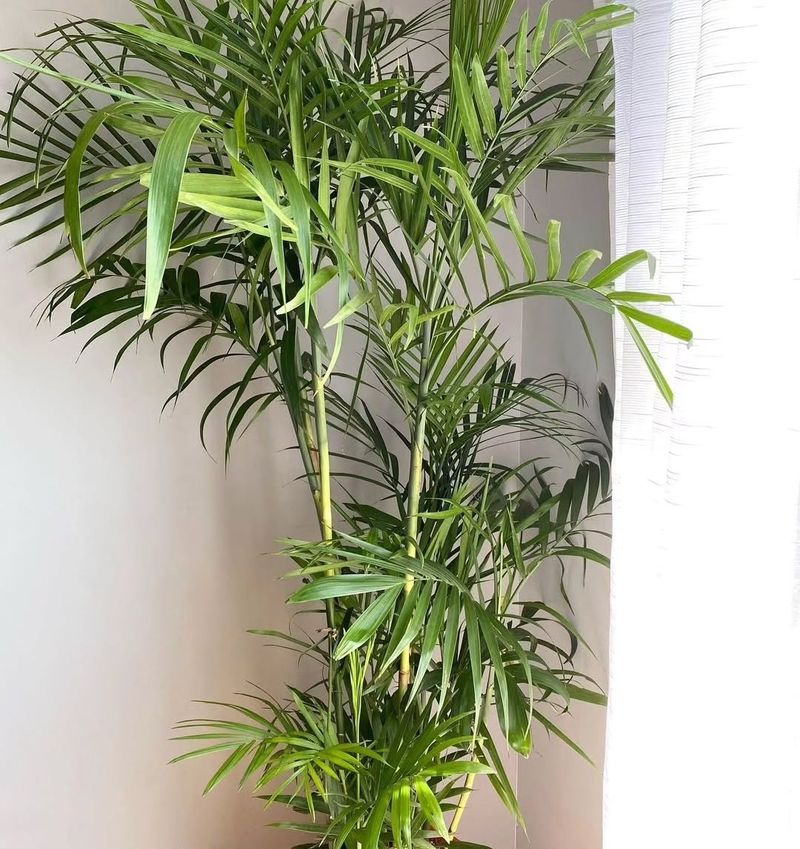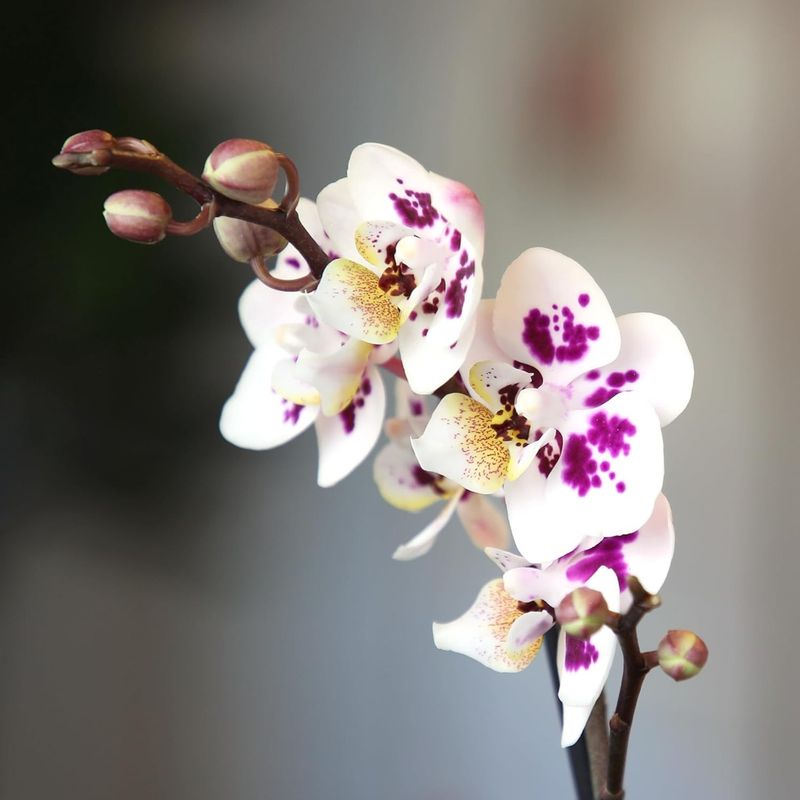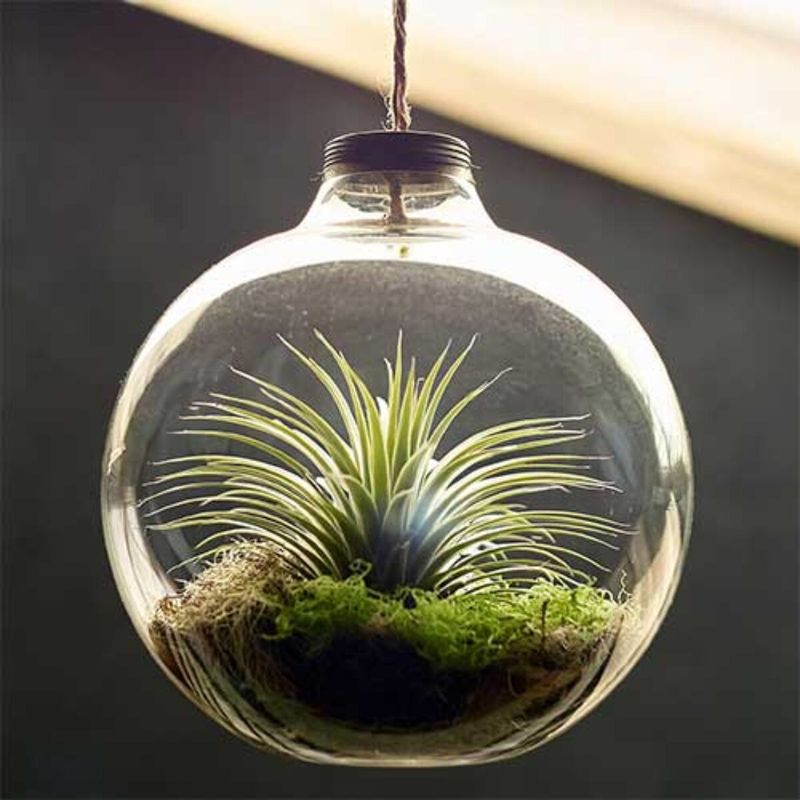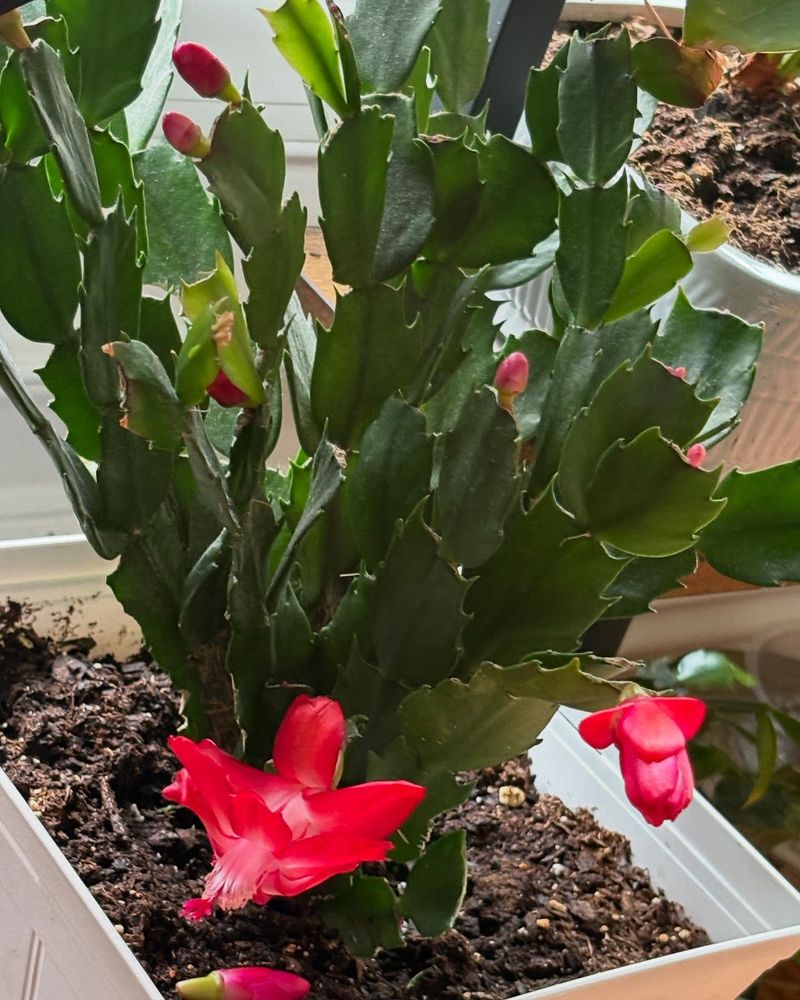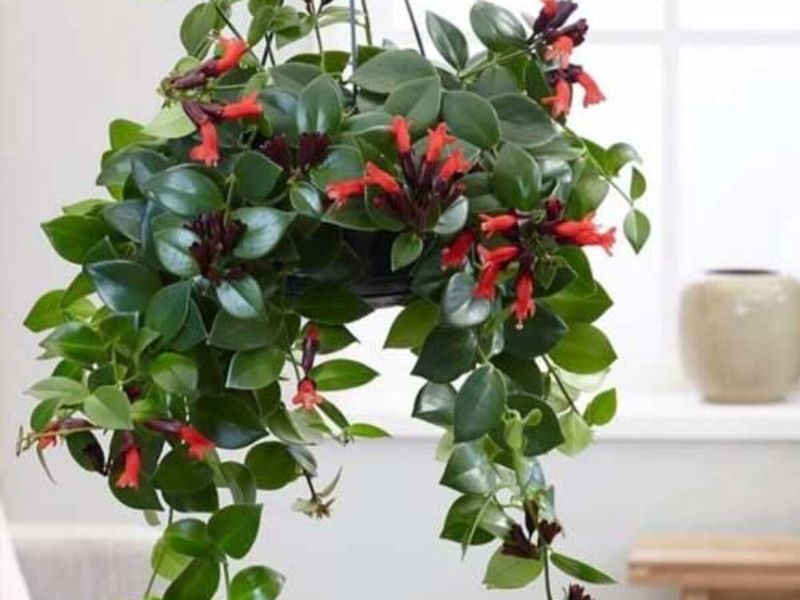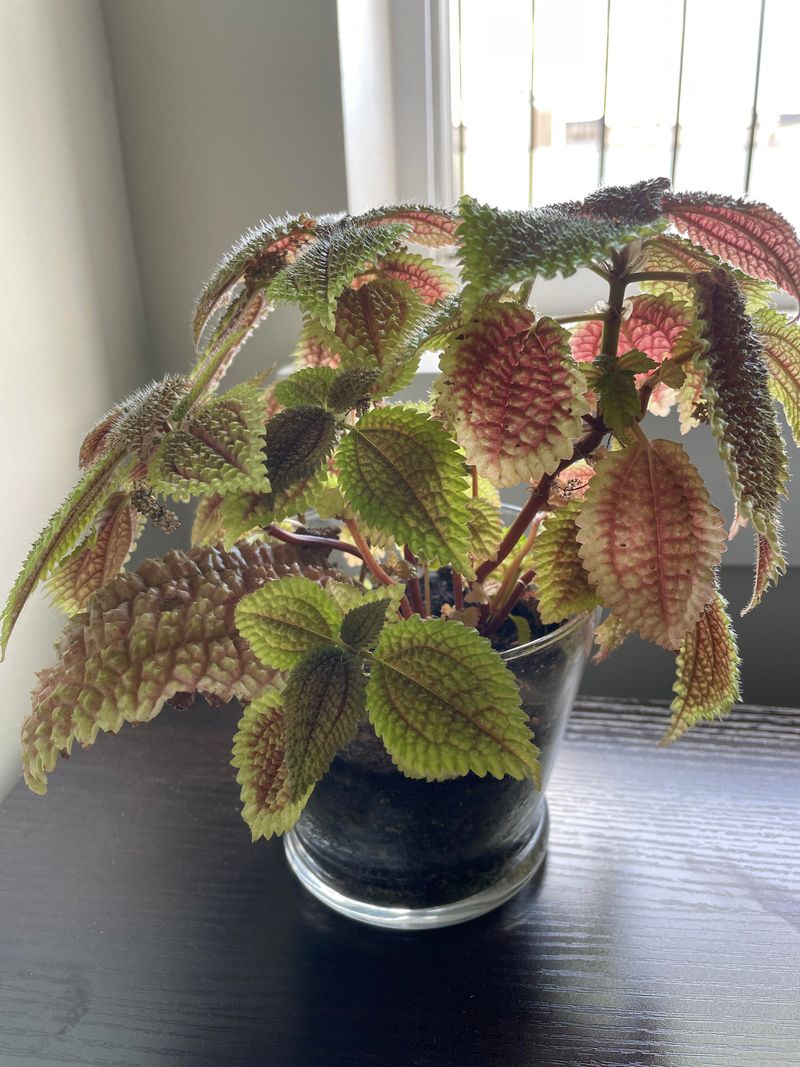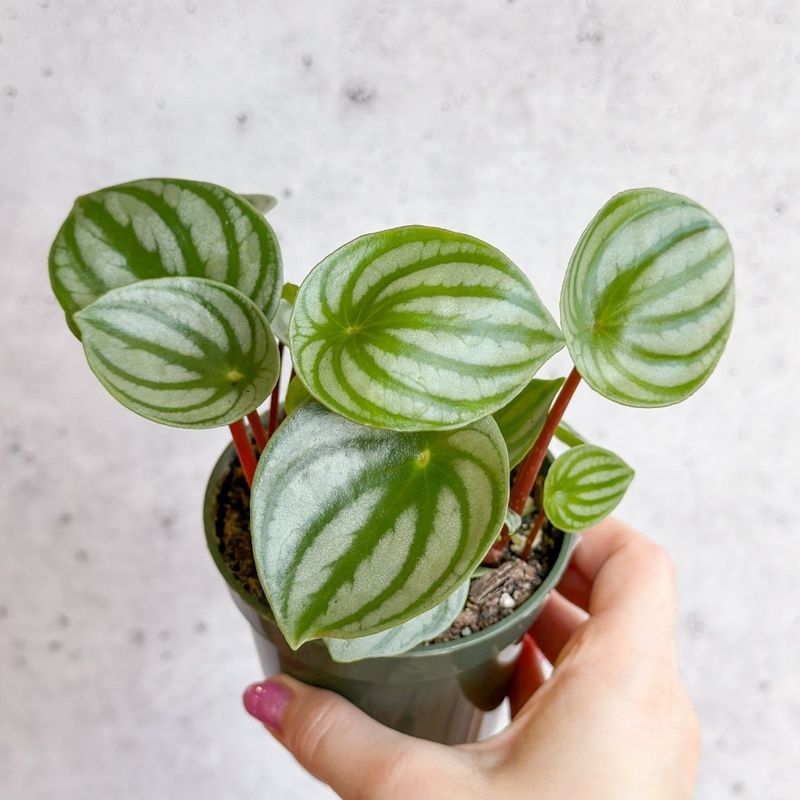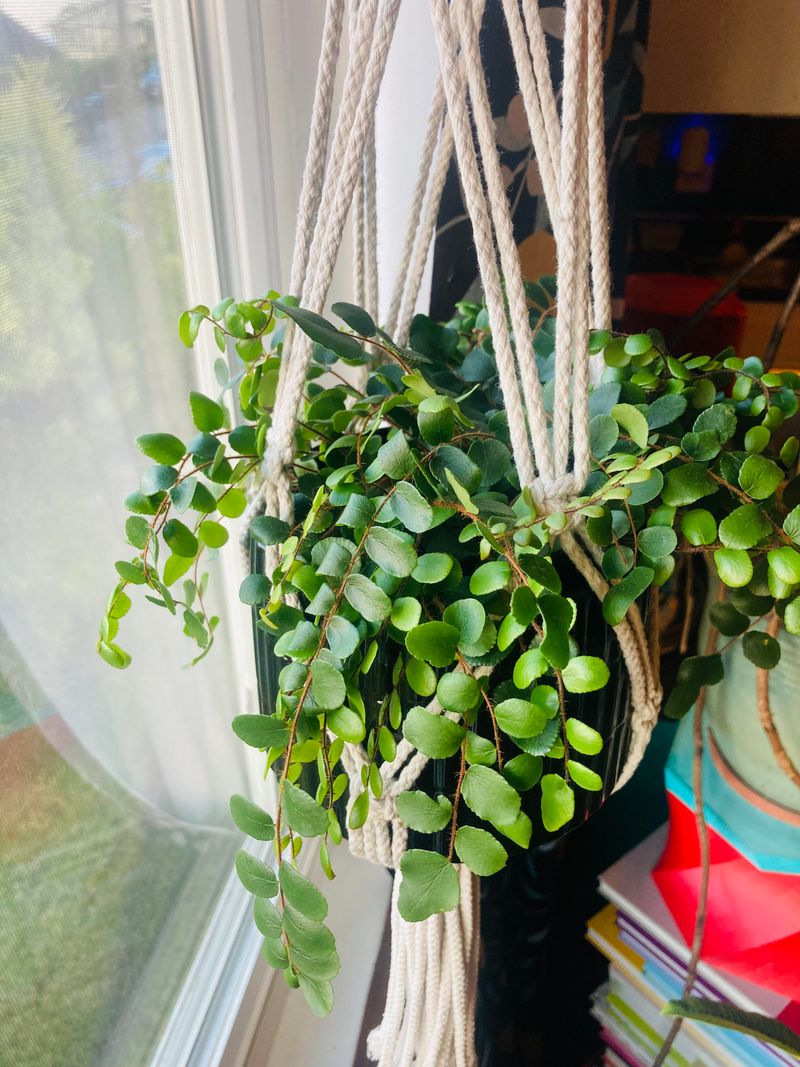You shouldn’t have to choose between a lively home full of plants and the safety of your furry companions. Luckily, you don’t have to.
These 20 pet-safe plants bring beauty, freshness, and a touch of nature indoors—without posing a threat to your cats or dogs. Let’s explore the best greenery to keep your space vibrant and your pets safe.
1. Spider Plant
Long, arching leaves with white stripes make spider plants a classic choice for hanging baskets. They produce baby plants that dangle from long stems, looking like spiders on a web.
These hardy plants thrive even with minimal care, making them perfect for beginners. Place them in bright, indirect light and water when the soil feels dry.
Spider plants also clean indoor air by removing toxins, giving you and your pets a healthier home environment.
2. Boston Fern
Feathery fronds cascade beautifully from Boston ferns, creating a lush, tropical feel in any room. Their bright green color adds a refreshing pop to shelves and side tables.
While they look delicate, these ferns are quite resilient when given proper care. They prefer humidity and indirect light, making bathrooms an ideal spot for them to thrive.
Your cats might bat at the dangling fronds, but no worries – these plants won’t harm them if they take a curious nibble.
3. African Violet
Velvety leaves and charming purple, pink, or white blooms make African violets a delightful addition to any windowsill. These compact plants flower year-round when happy, bringing constant color to your space.
African violets prefer bright, indirect light and consistent moisture. The fuzzy leaves might tempt your cat for a touch, but they’re completely safe for curious pets.
Many plant lovers collect different varieties, as they come in numerous colors and petal formations – all pet-friendly!
4. Calathea
Nicknamed “prayer plants,” Calatheas fold their leaves upward at night like hands in prayer. Their stunning patterned leaves feature intricate designs in green, pink, white, and burgundy.
Morning light brings a magical moment as the leaves unfurl to catch the day’s rays. They love humidity and indirect light, making them perfect bathroom companions.
Beyond being safe for pets, Calatheas are air-purifying powerhouses that help clean your indoor environment naturally.
5. Ponytail Palm
Despite its name, the Ponytail Palm isn’t actually a palm at all! This quirky plant features a bulbous trunk topped with long, thin leaves that cascade like a ponytail.
Incredibly drought-resistant, it stores water in its trunk, making it forgiving if you forget to water occasionally. Bright light helps it thrive, but it adapts to medium light too.
Cats may be tempted to play with the bouncy leaves, but rest assured this plant is completely non-toxic to pets.
6. Areca Palm
Feathery fronds arch gracefully from multiple stems, creating a tropical paradise in your living room. Areca palms grow several feet tall, making them perfect statement pieces for empty corners.
Beyond their beauty, these palms effectively filter toxins from indoor air. They prefer bright, indirect light and regular watering when the top inch of soil feels dry.
Pet owners love Areca palms because they’re completely non-toxic – even if your curious cat or dog takes a taste test.
7. Staghorn Fern
Resembling deer antlers, Staghorn ferns make dramatic living wall art when mounted on wooden boards. Unlike typical potted plants, they’re epiphytes that naturally grow attached to trees in the wild.
Their unusual growing style creates a sculptural focal point in any room. Water them by soaking the mounting board or misting the fronds regularly.
Even though they look exotic and unusual, Staghorn ferns are completely safe around pets, making them perfect for creative plant displays.
8. Parlor Palm
Victorian-era homes popularized these elegant palms for their ability to thrive in low light. Slender stems support delicate fronds that add a touch of refinement to any space.
Slow-growing and compact, Parlor Palms fit perfectly on desks, shelves, or side tables. They tolerate neglect remarkably well, making them ideal for busy pet owners.
The gentle nature of this palm extends to pets too – it’s completely non-toxic and won’t cause harm even if your curious kitty takes a bite.
9. Money Tree
Braided trunks topped with umbrella-shaped leaf clusters make Money Trees instantly recognizable. According to feng shui principles, they bring good fortune and positive energy to homes.
Often sold with decorative stones around the base, these trees add a touch of elegance to offices and living spaces. They prefer bright, indirect light and moderate watering.
Money Trees might attract wealth according to superstition, but they definitely won’t attract vet bills – they’re completely safe for pets!
10. Haworthia
Resembling miniature aloe plants, Haworthias feature rosettes of pointed, sometimes striped leaves. Unlike many succulents, these little gems are completely pet-safe!
Their compact size makes them perfect for small spaces like desks and windowsills. The transparent “windows” on some varieties allow light to penetrate deeper into the plant, creating a stunning effect.
Extremely drought-tolerant, Haworthias only need watering every 2-3 weeks, making them perfect for forgetful plant parents with curious pets.
11. Peperomia
Peperomias come in over 1,000 varieties with different leaf shapes, colors, and patterns! From heart-shaped to rippled, these compact plants add character to any plant collection.
Their thick, succulent-like leaves store water, making them forgiving if you occasionally forget to water. They thrive in moderate to bright indirect light on shelves and tabletops.
Pet owners appreciate that the entire Peperomia family is non-toxic to cats and dogs, allowing for worry-free collecting of these charming plants.
12. Rattlesnake Plant
Wavy-edged leaves with bold patterns resembling rattlesnake skin make this plant a showstopper. The undersides of the leaves display a rich purple color, adding another dimension of beauty.
Part of the prayer plant family, Rattlesnake plants fold their leaves upward at night in a fascinating daily ritual. They thrive in humid environments with filtered light.
Unlike their namesake, these plants pose absolutely no danger to your pets – they’re completely non-toxic to cats and dogs alike.
13. Bamboo Palm
Slender, reed-like stems support delicate fronds that create a tranquil, Asian-inspired ambiance. Growing up to 6 feet tall, Bamboo Palms make excellent room dividers or corner accents.
NASA recognized these palms as top air purifiers that remove toxins like formaldehyde from indoor environments. They prefer bright, indirect light but adapt to lower light conditions too.
Pet owners can rest easy knowing Bamboo Palms are safe alternatives to toxic palms like Sago, posing no threat to curious cats or dogs.
14. Orchids
Elegant blooms in countless colors perch atop slender stems, bringing sophisticated beauty to any room. Contrary to their reputation, many orchid varieties are surprisingly easy to care for.
Phalaenopsis orchids, the most common variety, can flower for months with minimal attention. They prefer bright, indirect light and watering only when their roots turn silvery.
When your cat bats at those tempting flower stems, you needn’t worry – orchids are non-toxic to pets and won’t cause harm if nibbled.
15. Air Plants
No soil needed! Air plants absorb nutrients through their leaves, allowing for creative displays in glass terrariums, on driftwood, or in decorative holders.
Their spiky, alien-like appearance adds unique texture to plant collections. Care involves soaking in water weekly and placing in bright, indirect light between waterings.
Cats might find these unusual plants fascinating to bat around, but no worries – air plants are completely non-toxic and safe for all your furry friends.
16. Christmas Cactus
Flat, segmented stems burst into colorful blooms around the holidays, hence the festive name. Unlike desert cacti, these plants hail from Brazilian rainforests and lack sharp spines.
Christmas cacti can live for decades, becoming family heirlooms passed down through generations. They prefer bright, indirect light and slightly more water than typical succulents.
When holiday decorations might pose pet hazards, Christmas cacti offer safe, seasonal color that won’t harm curious cats or dogs.
17. Lipstick Plant
Red flower buds emerge from dark tubes, resembling lipstick being pushed from its case – hence the playful name! The trailing vines make lipstick plants perfect for hanging baskets.
When happy, these plants bloom repeatedly throughout the year with their distinctive red flowers. They prefer bright, indirect light and consistent moisture without soggy soil.
Cat owners particularly appreciate that these showy plants are completely non-toxic, allowing worry-free enjoyment of their unique blooms.
18. Friendship Plant
Crinkled, copper-colored leaves with deep veins give Friendship Plants their distinctive appearance. The charming name comes from how easily they propagate – perfect for sharing with friends!
Simply snip a leaf, place it in water, and watch roots develop within weeks. They prefer high humidity and indirect light, making them ideal bathroom companions.
Beyond their friendly nature toward humans, they’re equally friendly to pets – completely non-toxic even if your curious cat or dog decides to take a taste.
19. Watermelon Peperomia
Circular leaves with silver and green patterns resembling watermelon rinds make this plant instantly recognizable. The reddish stems add another pop of color to this already striking plant.
Compact and slow-growing, Watermelon Peperomias fit perfectly on desks and small shelves. Their thick leaves store water, making them somewhat drought-tolerant and forgiving.
Unlike actual watermelons that might cause tummy troubles for pets, these look-alikes are completely safe for curious cats and dogs to investigate.
20. Button Fern
Tiny round leaflets line the delicate fronds of Button Ferns, creating a soft, whimsical appearance. Smaller than many ferns, they’re perfect for tight spaces where you still want a touch of green.
Their compact size makes them ideal for terrariums and dish gardens. Button ferns prefer consistent moisture and medium to bright indirect light to thrive.
Even if your cat can’t resist batting at those bouncy fronds, you can relax knowing Button Ferns are completely safe for all your furry companions.

